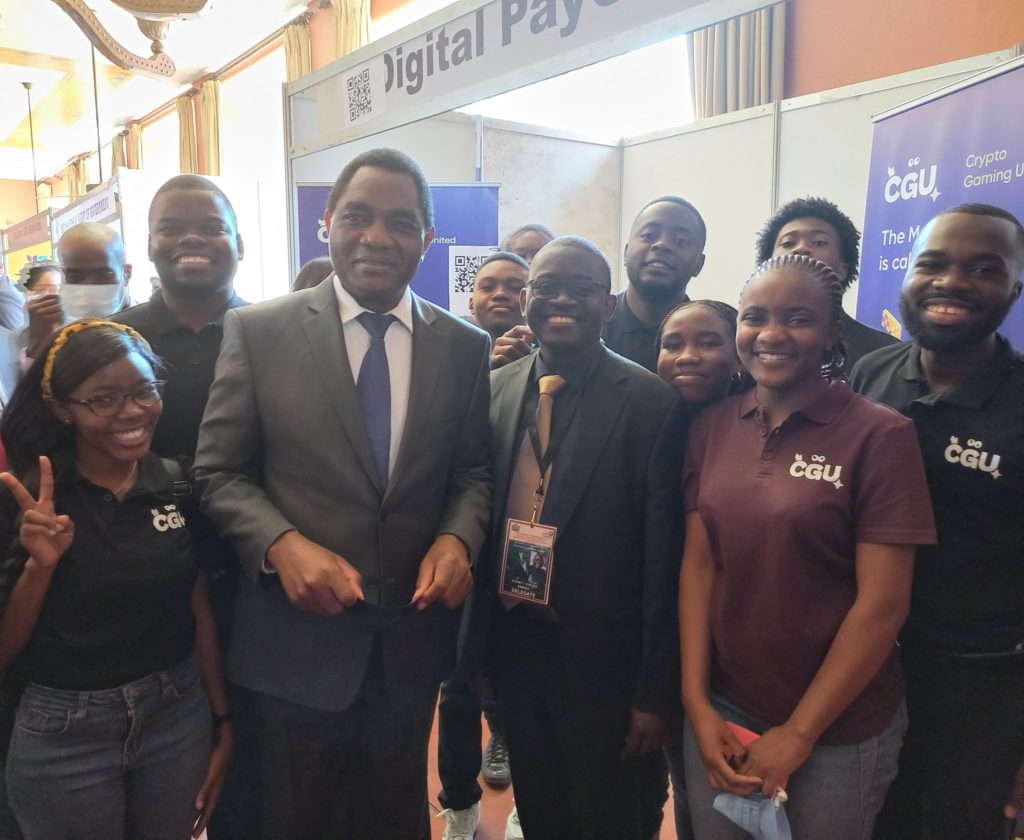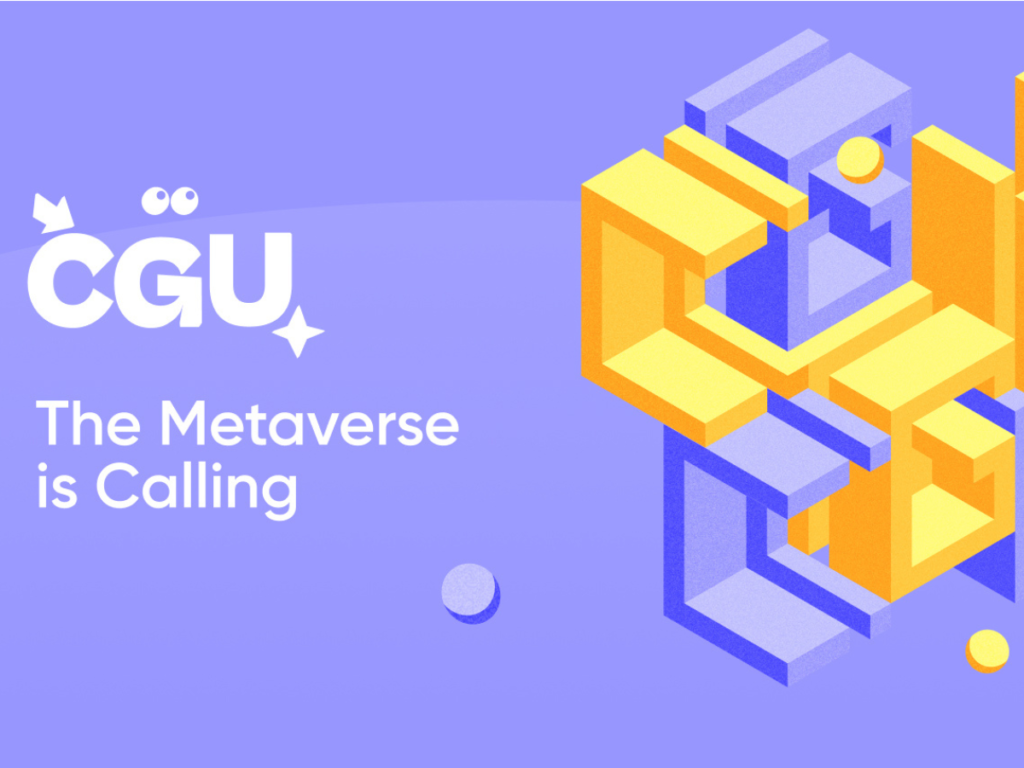One of the key trends that popped up during the most recent crypto boom was play-to-earn (P2E) gaming. P2E gaming is often described as the next evolution in games, where gaming is combined with finance and blockchain technology.
Also referred to as GameFi, such a combination gives rise to digital economies where users are able to convert rewards they earn inside games into cold hard cash in the physical world.
During the last crypto bull market, P2E was a massive hit, with the category leader – Axie Infinity – crossing the 2 million average monthly player mark in September 2021. By the end of the same month, Axie players worldwide had completed an astonishing $2.2 billion worth of in-game sales that year.
Alongside the rise of P2E, another important dynamic was the emergence of gaming guilds – organisations that provide training and lend out expensive in-game assets (NFTs) to allow others to start earning.
In guild-speak, this training and lending process is known as a “scholarship program”, and the borrowers are known as “scholars”. In return for borrowing in-game assets, scholars split their earnings with the guild.
Since P2E became popular, many guilds have emerged, and Crypto Gaming United (CGU) is one such guild. Founded in 2021, CGU has over 5,000 scholars across 25 countries. According to its website, CGU scholars have earned over $500,000 across titles that include Axie Infinity, Waves Duck, Samurai Legends and Aavegotchi.
This is the story of how the Zambian chapter of CGU emerged as the largest CGU guild in Africa.
The Africa Playbook
It’s still the early days of crypto, but its safe to say there is already an African crypto playbook of sorts for how brands approach expansion on the continent. The playbook dictates that, if looking at Anglophone Africa south of the Sahara, it’s advisable to first focus on Kenya, Nigeria and South Africa (the “Big Three”).
This view is sound because it’s grounded in data. For example, on the P2P platform LocalBitcoins, the Big Three have driven 90% of Africa’s P2P USD equivalent volume in 2022 (see homepage). In terms of transactions, Kenya alone is responsible for roughly 40% of all African transactions on LocalBitcoins in 2022.
This same pattern of Big Three dominance shows up repeatedly in African crypto, whether we are talking about where projects originate from, VC funding, the distribution of NFT artists or even the ranking of African traffic to this website. As such, it’s intriguing to see a crypto project with a global footprint such as CGU’s finding its earliest African traction in Zambia.
Zambia currently ranks eighth in Africa on LocalBitcoins for USD equivalent volume in 2022, but it’s important to flag that Zambia has been one of the few P2P markets which has continued growing during crypto winter.
One should also keep in mind that even though it’s a useful tool, LocalBitcoins’ data provides only one viewpoint of activity in these markets.
The Story of CGU in Zambia

To learn more about CGU in Africa, I reached out to Sydney Gondwe, Country Manager for CGU in Zambia, and asked him to tell me the story from the beginning.
“A year ago, I was introduced to CGU co-founder Mark Carnegie by a common friend. This friend had raised the topic of P2E gaming to me, but I wasn’t buying it. I’ve been in crypto for eight years and my focus has always been on how we can empower people in Africa to learn about building blockchain applications, DeFi and other things that improve digital and financial literacy. So at first, P2E didn’t seem to me like it fit in with that”.
Gondwe goes on to share that after reflecting on P2E for a while, it eventually clicked. “It finally hit me that gaming is a fantastic avenue for teaching blockchain. When people think about crypto gaming, they imagine PlayStation games where you just plug in and play. For crypto gaming you need to get a crypto wallet and do KYC. You also need to know about Ethereum gas fees, otherwise when gas fees are high, you will lose 30% of that $100 you just earned when you cash out. You need to understand how to go from in-game currency, to a stablecoin, to mobile money here in Zambia”.
Once Gondwe came around to blockchain gaming as a teaching tool, he put together a research proposal for Carnegie that made the case for how P2E could work in Zambia. Gondwe’s argument rested on behavioural patterns he had observed among young people in Zambia.
These included how much they spend on cell phone data each month, the amount of time they were spending on their phones and whether the winnings available in P2E gaming would be appealing to them.
Carnegie had his doubts about P2E in Africa because of the slow adoption he had seen in some countries at that stage. Gondwe asked Carnegie to set him up with ten scholarships, and Carnegie agreed saying, “if it works out it does, if it doesn’t, it doesn’t”. And thus began the CGU guild in Zambia.
The first scholar was Gondwe’s son. “I figured I may as well have a guinea pig in-house in order to figure this stuff out”. From there Gondwe’s son invited a few of his friends, and the guild started to grow.
In less than a year, the guild has grown to over 160 scholars spread across Zambia, making it the largest CGU guild in Africa.
“We could have gone bigger, but I wanted to take the time to ensure that the kids that got involved had a strong foundation in the technology and are as knowledgeable as I am. Over the long run that will deliver stronger growth for CGU”. There are also plans in place for Gondwe to bring the strategies that have worked in Zambia to other African markets.
The efforts of the Zambian CGU chapter have also come to the attention of Zambia’s authorities, leading to Gondwe and other guild members being invited to speak with regulators and give talks at conferences.
“I love how much support we are getting from the government. The Ministry of Technology and Science were the first people to take interest in us, because they see the value of what we are doing when it comes to education at the community level. We have also spoken with the financial intelligence centre in connection with a report they are working on”, Gondwe tells.
The Future of GameFi
As is the case with other areas of crypto activity, GameFi has its fair share of detractors, with some questioning its sustainability. Those in favour of the model argue that it represents a true paradigm shift in gaming and it’s unreasonable to write-off the genre based on the first generation of games.
Similar to other crypto sectors, crypto winter has not spared P2E. The data provided by Active Player tells us that average monthly players for Axie Infinity fell from 2.8 million in January 2022 to 709K in August 2022. In-game sales for 2022 as of 31 August currently sit at $281.2 million as compared to $1.7 billion during the same period in 2021.
Gondwe acknowledges the challenges of crypto winter but remains upbeat about the future of P2E in Africa and crypto more generally.
“We’ve seen these cycles before, and they just keep getting larger each time around. The other thing to remember is that at CGU we are not just about gaming, our mission is to build digital skills in developing countries. That activity continues whether it’s crypto winter or not. Some of our scholars have already gone on to build other projects in the Zambian crypto ecosystem. I’m excited to see what these kids are going to do next”.
If you enjoyed this article, consider subscribing to our weekly newsletter, where you can find more analysis on developments in the African crypto space.








